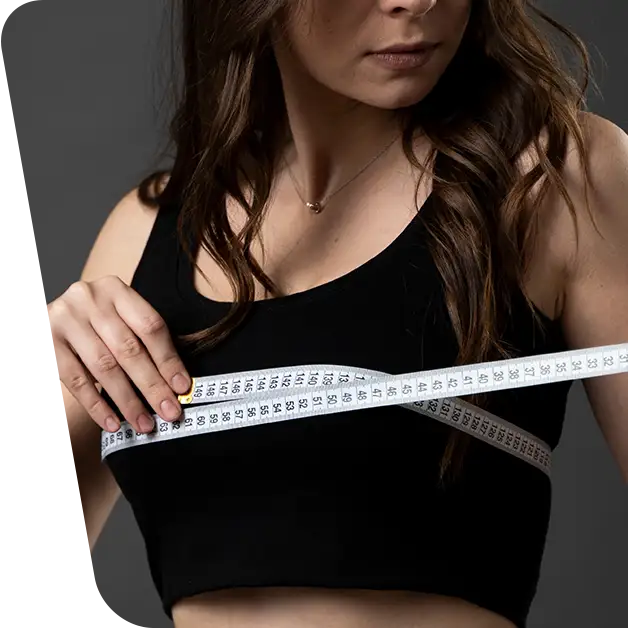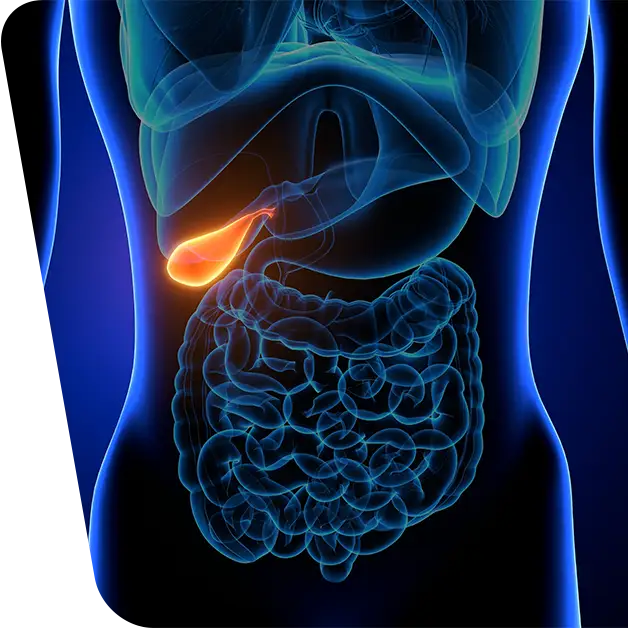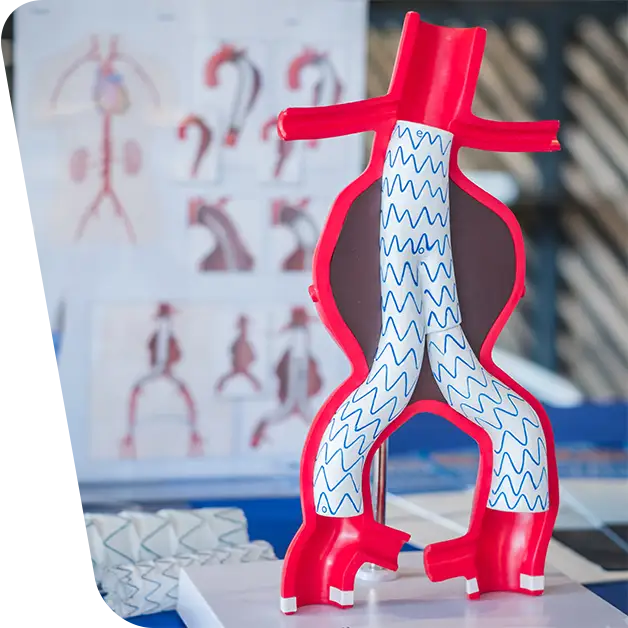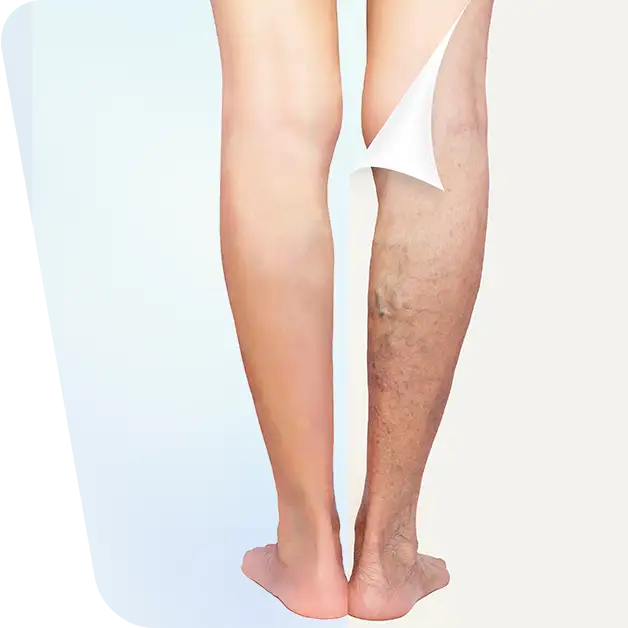Are your breasts not the size you want, or have they lost volume for various reasons, such as weight loss or pregnancy? Or perhaps there is an asymmetry that affects your physiognomy and is aesthetically unpleasant? If this is the case, the perfect solution is breast augmentation surgery (fat transfer or breast implant).
Table of contents
ToggleWhat is breast augmentation?
Breast augmentation, also known as mammoplasty, is surgery to increase the size of the breasts or to give them symmetry.
There are several options you can choose from in terms of breast enlargement. This can be done either by fat transfer from another area of the body or by the surgical insertion of breast implants.
Breast implant or breast augmentation with your own fat. Which of the two is right for you?
Whether breast augmentation with breast implants or breast augmentation through fat transfer from another part of the body, both allow you to increase the size of your breasts and improve their shape. However, one of the two may be more suitable for you than the other.
Because breast implants are tailored to the patient, come in different shapes (spherical, anatomical) and we can choose a desired size, the results are more predictable and can create a more significant transformation. By using your own fat, the shape of the breasts may not be as easy to shape, but nevertheless, it is an organic and completely natural material that could give longer lasting results. Also, there is no possibility of implant rejection complications because a self-tissue graft is inserted inside the breast.
Another advantage of using own fat is that through this process, you can change the appearance of two separate body regions. The breasts will increase in size, while the problem areas will shrink. This is also good to consider if you don’t have enough fat to opt for this procedure.
Recommended article: What is and how is abdominoplasty surgery performed?
What are the disadvantages of these breast augmentation techniques?
Just as both techniques have significant benefits, they also have some drawbacks.
Disadvantages of breast implants
There is some concern about the safety of breast implants. Breast implants are safe and reliable, but complications are possible.
Implant complications can include capsular contracture, implant rupture or implant displacement.
Also, implants do not necessarily have a shelf life, but depending on their type, they should be replaced after a few years.
Some textured implants have also been linked to breast implant-associated anaplastic large cell lymphoma (a rare cancer of the lymphatic system found in scar tissue around the implant) and breast implant disease (a non-medical diagnosis with side effects such as joint pain, fatigue and brain fog).
Disadvantages of fat transfer breast augmentation
Fat transfer breast augmentation may not promise the same longevity and predictability of results.
Eventually, the body may absorb the transplanted fat to the breasts, and patients may require an additional procedure.
What does breast augmentation surgery consist of?
Breast augmentation surgery is usually performed under general anesthesia, so you won’t feel any pain. Your cosmetic surgeon may choose one of three possible types of incision: inframammary (under the breast), axillary (in the armpit) or peri-areolar. This will create a ‘pocket’ at the incision site by separating the breast tissues from the muscles and tissues belonging to the chest. The implants will then be inserted and centered inside the breast. Once the surgeon has successfully placed the implants, he will close the incisions with sutures, then secure them with tape and surgical glue. You will remain admitted for monitoring and can be discharged once the anesthetic has worn off.
Recovery after breast augmentation surgery
After the operation, there is a recovery period, during which you may experience pain and bruising in your breasts. For pain, your doctor may prescribe painkillers. The scarring fades over time but will not disappear completely.
During the healing process it is recommended that you wear a compression bandage or surgical bra for extra support and to secure the position of the breast implants.
After surgery, avoid strenuous activities, anything that could increase your pulse or blood pressure for at least two weeks. Depending on where you work, you may be able to return in a few weeks, according to your doctor’s advice. Throughout this period, your breasts will be sensitive to contact and habitual movements could cause pain and discomfort.
If signs of infection, redness or fever appear, or you have other symptoms such as chest pain or shortness of breath, contact your doctor immediately.
Risks and complications associated with breast augmentation surgery
What is important to remember is that breast augmentation surgery, especially with breast implants, is not a lifelong operation. You will most likely require further surgery to correct complications that may arise. There is also a possibility that as time goes by, you may want different sized implants or a facelift, as the skin stretches over time.
Possible risks include:
- local pain;
- bleeding and bruising;
- infection at the surgery site;
- capsular contracture or scar tissue formation inside the breast (this can make the implants deformed, displaced, painful or more visible);
- rupture or leakage of the implant;
- healing difficulties at the incision site;
- scarring.
As with any surgical procedure, it comes with risks related to the effects of general anesthesia, blood clots or bleeding. That’s why it’s important to let your doctor know about any symptoms so you can stay safe.
Aesthetic surgery and cosmetic surgery improve the aesthetics of various parts of the body, aid in weight loss, delay the effects of ageing and, why not, combat depression and self-dissatisfaction and help restore self-love.
VenArt Clinic helps you to maintain your health, youth and beauty for a long time to come! Find out more in the plastic surgery section of our clinic.







